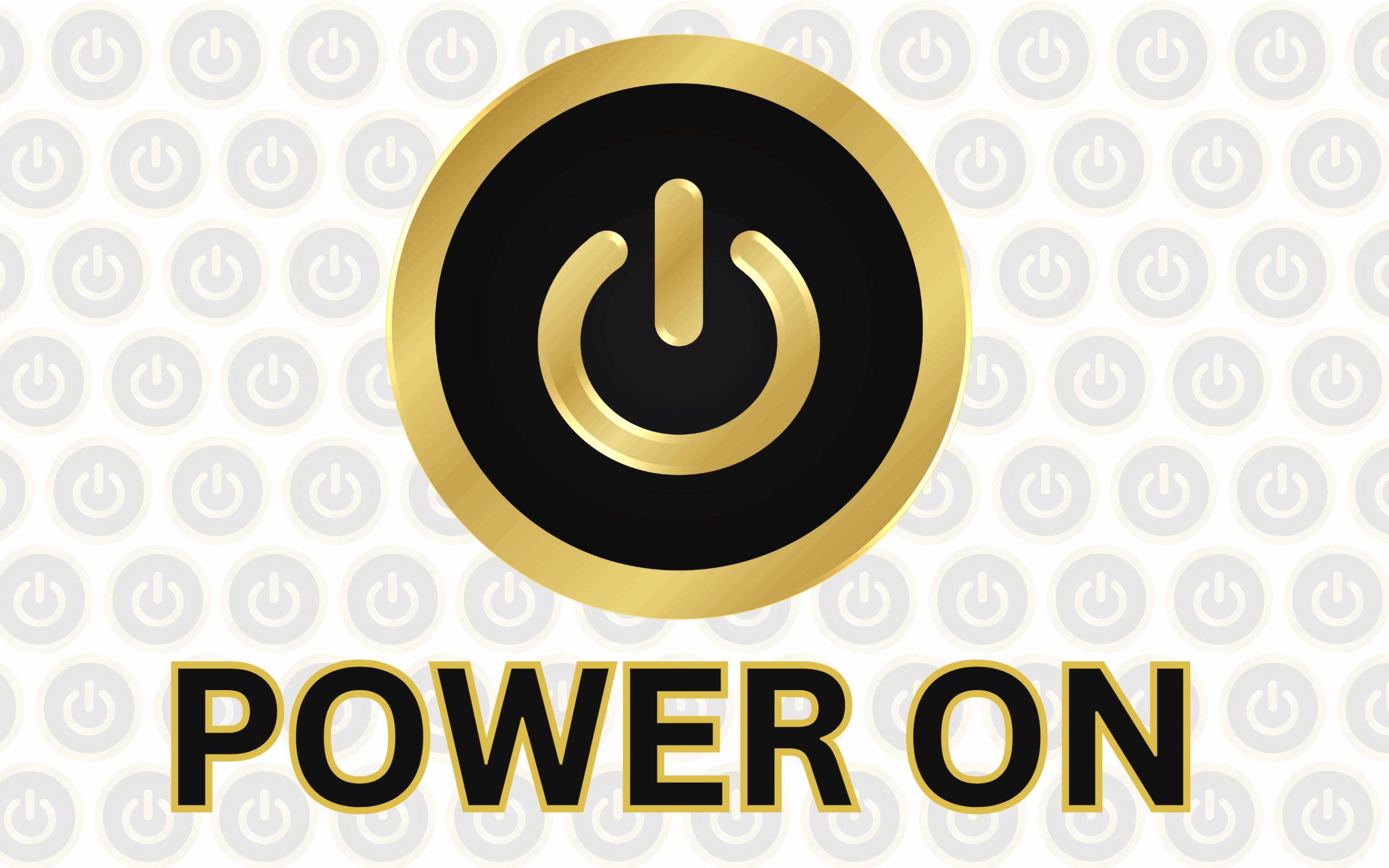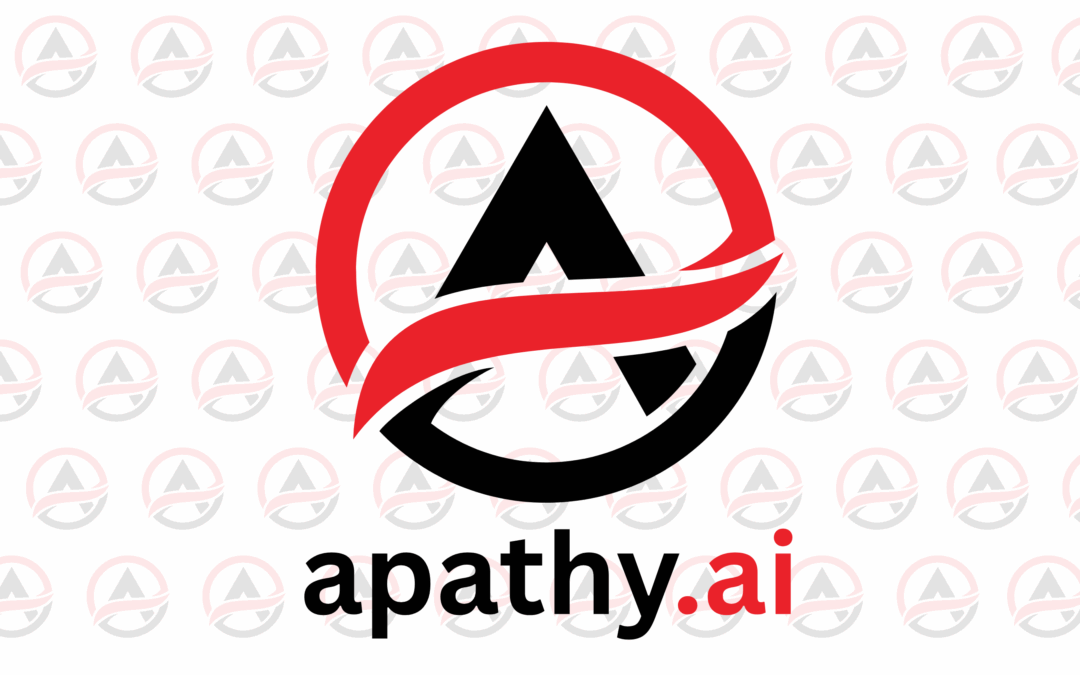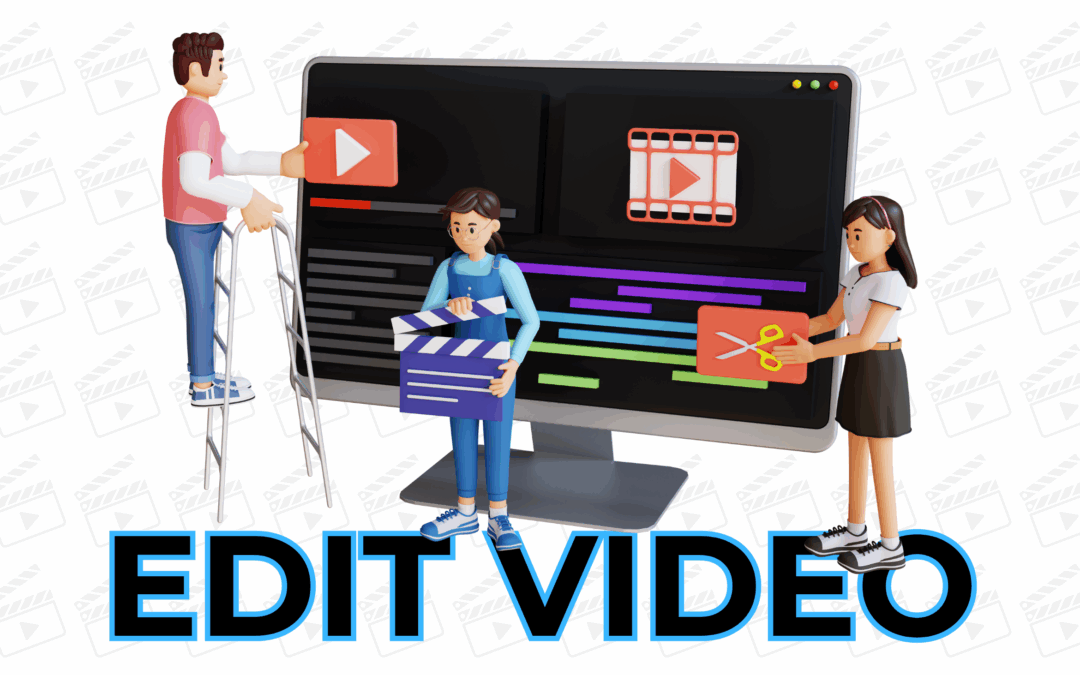🧠 Overview
Meet Apathy.AI, an advanced AI-driven behavioral intelligence platform designed to analyze human emotion, engagement levels, and decision-making patterns. Whether applied to mental health, social sciences, business strategy, or public policy, Apathy.AI provides deep insights into why people act—or don’t act—the way they do.
By integrating machine learning, sentiment analysis, and neuroscientific research, Apathy.AI helps businesses, researchers, and policymakers interpret trends in motivation, disengagement, and societal shifts with unprecedented accuracy.
📊 AI-Powered Behavioral & Sentiment Analysis
✔️ AI detects emotional engagement levels in speech, text, and actions.
✔️ Machine learning identifies patterns in apathy, motivation, and decision inertia.
✔️ AI refines psychological modeling for mental health and consumer behavior.
📉 Predicting Apathy & Engagement Trends
✔️ AI-powered analytics forecast public sentiment and social disengagement.
✔️ Smart modeling assesses workplace productivity and employee motivation.
✔️ AI detects early warning signs of mental health declines through behavioral data.
💼 AI for Business, Marketing & Consumer Insights
✔️ AI-driven analytics reveal customer engagement trends and purchasing intent.
✔️ Machine learning predicts brand fatigue, audience retention, and market shifts.
✔️ AI optimizes advertising strategies based on emotional response analysis.
⚖️ AI in Society, Public Policy & Ethics
✔️ AI helps governments understand public disengagement and civic participation.
✔️ Behavioral AI enhances mental health research and intervention strategies.
✔️ Predictive analytics refine political campaign messaging and public outreach.
🔒 Secure & Ethical AI for Behavioral Science
✔️ AI ensures privacy-first behavioral analysis to protect personal data.
✔️ Machine learning models avoid bias in psychological and social assessments.
✔️ AI insights prioritize ethical considerations in human behavior prediction.
✅ Pros
✔️ AI-driven behavioral insights enhance mental health and business strategy.
✔️ Predictive modeling improves social engagement and policy decisions.
✔️ AI-powered sentiment analysis refines marketing and customer insights.
✔️ Secure AI ensures ethical, responsible human behavior interpretation.
⭐ Final Verdict: 4.9/5
Apathy.AI is redefining human behavior analysis, integrating AI-powered sentiment detection, psychological modeling, and consumer trend forecasting. From mental health applications to business intelligence, this platform helps decode human motivation and disengagement in meaningful ways.
With Apathy.AI, the future of behavioral intelligence is predictive, actionable, and ethically driven.
🔮 The Future of AI in Behavioral Science
As AI continues to enhance understanding of human emotions, engagement, and decision-making, Apathy.AI leads the way in developing tools that support mental health, business strategy, and societal well-being.
🗝️ STRATEGIC KEYWORDS
ai-behavioral-analysis, ai-sentiment-detection, ai-psychological-modeling, ai-consumer-insights, ai-mental-health, ai-public-sentiment, ai-engagement-prediction, ai-emotional-intelligence

![]()




